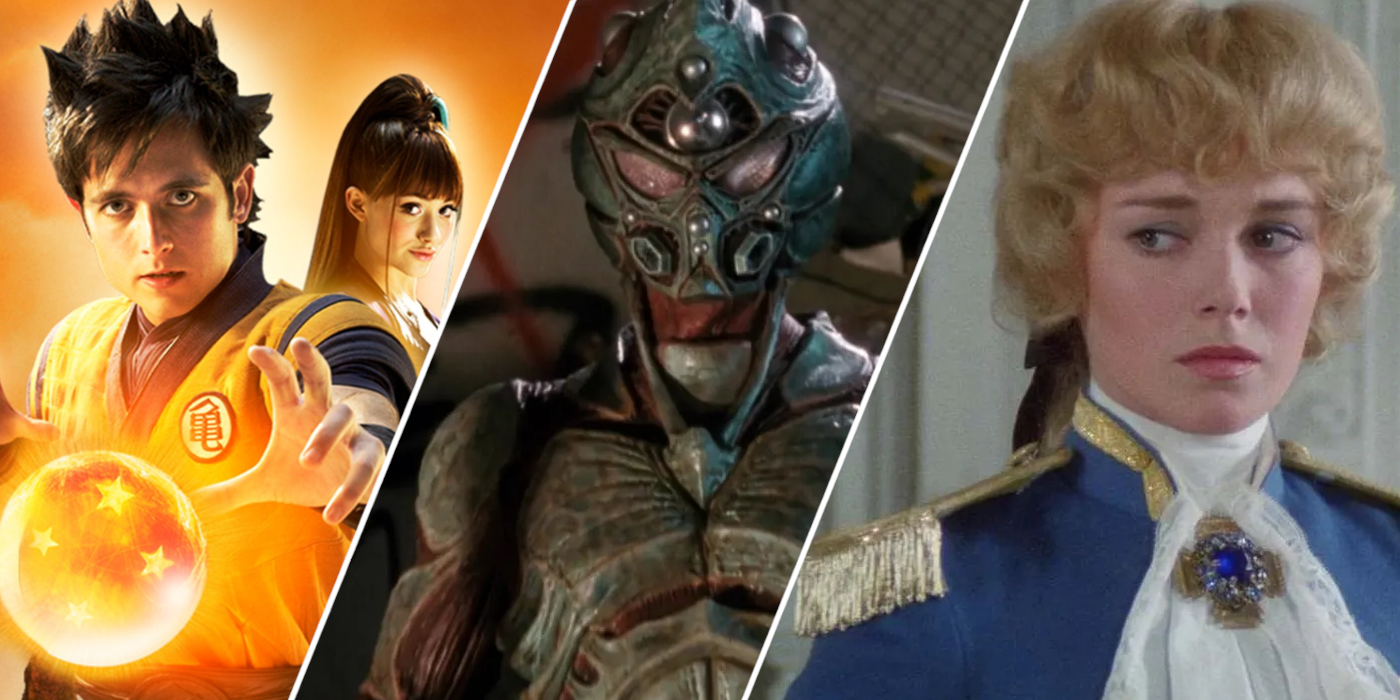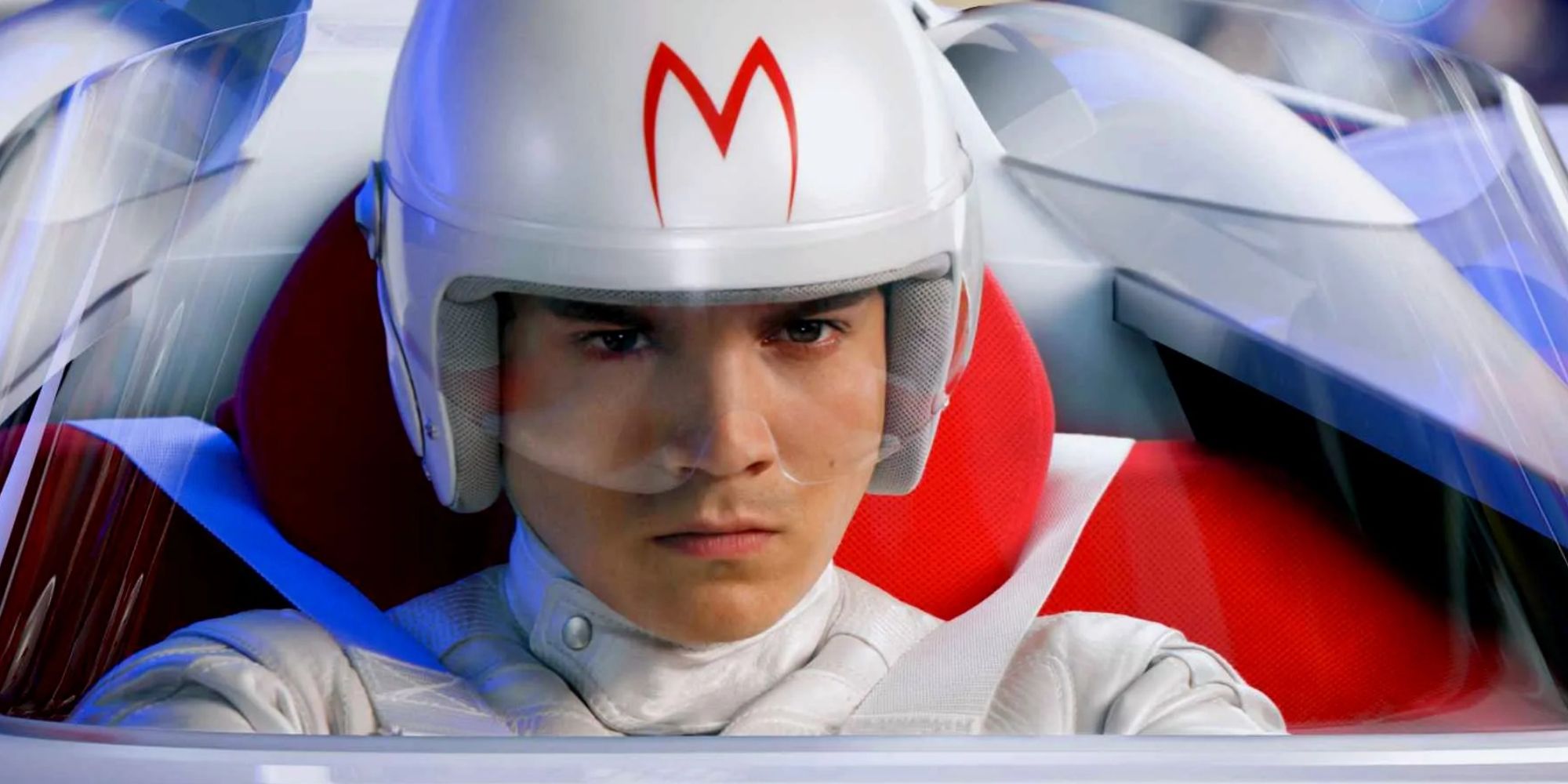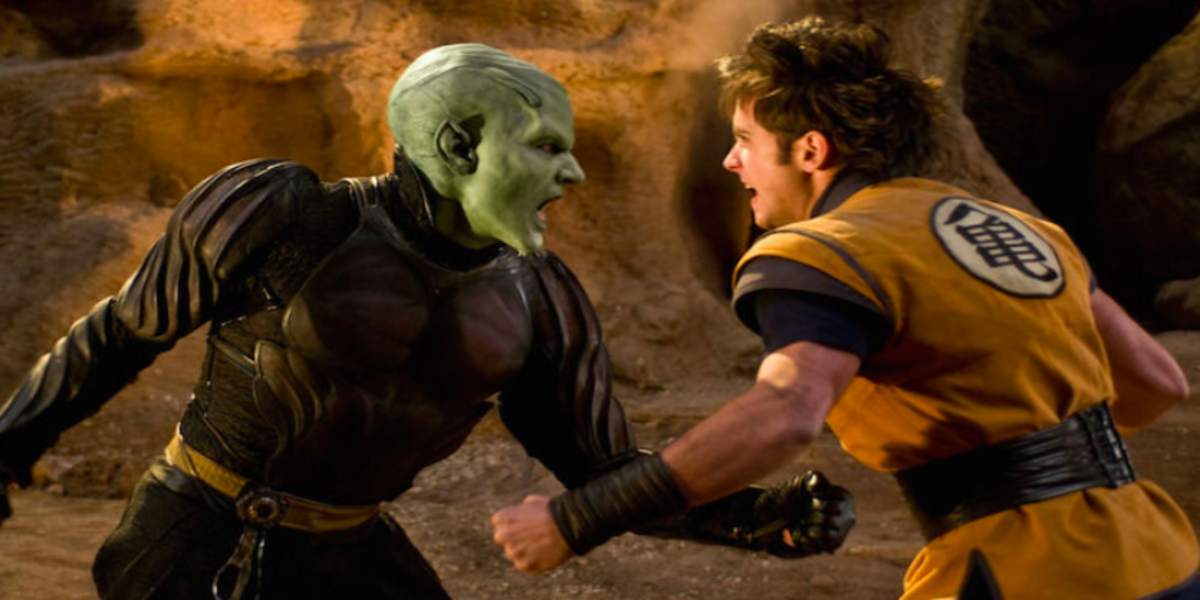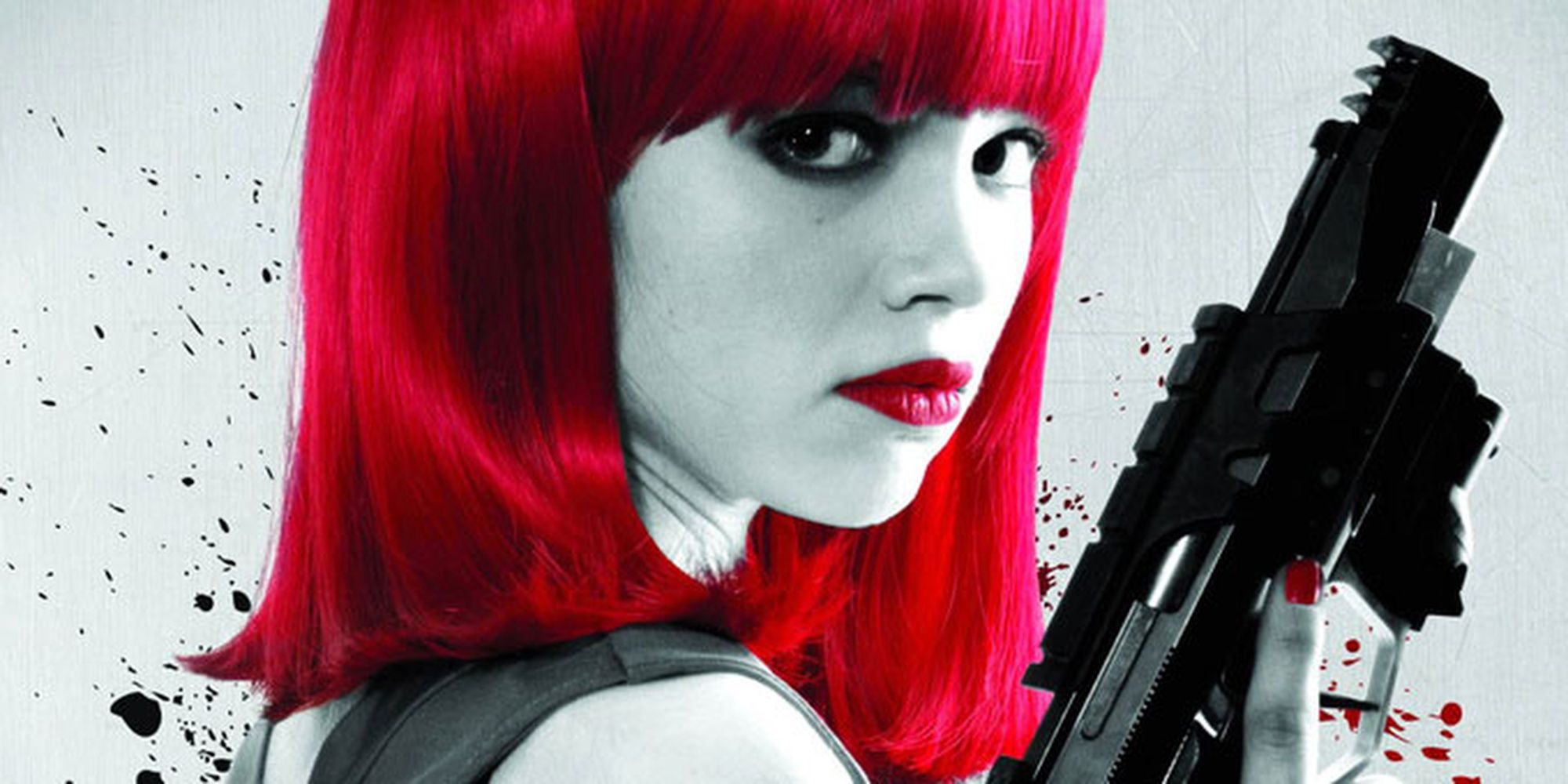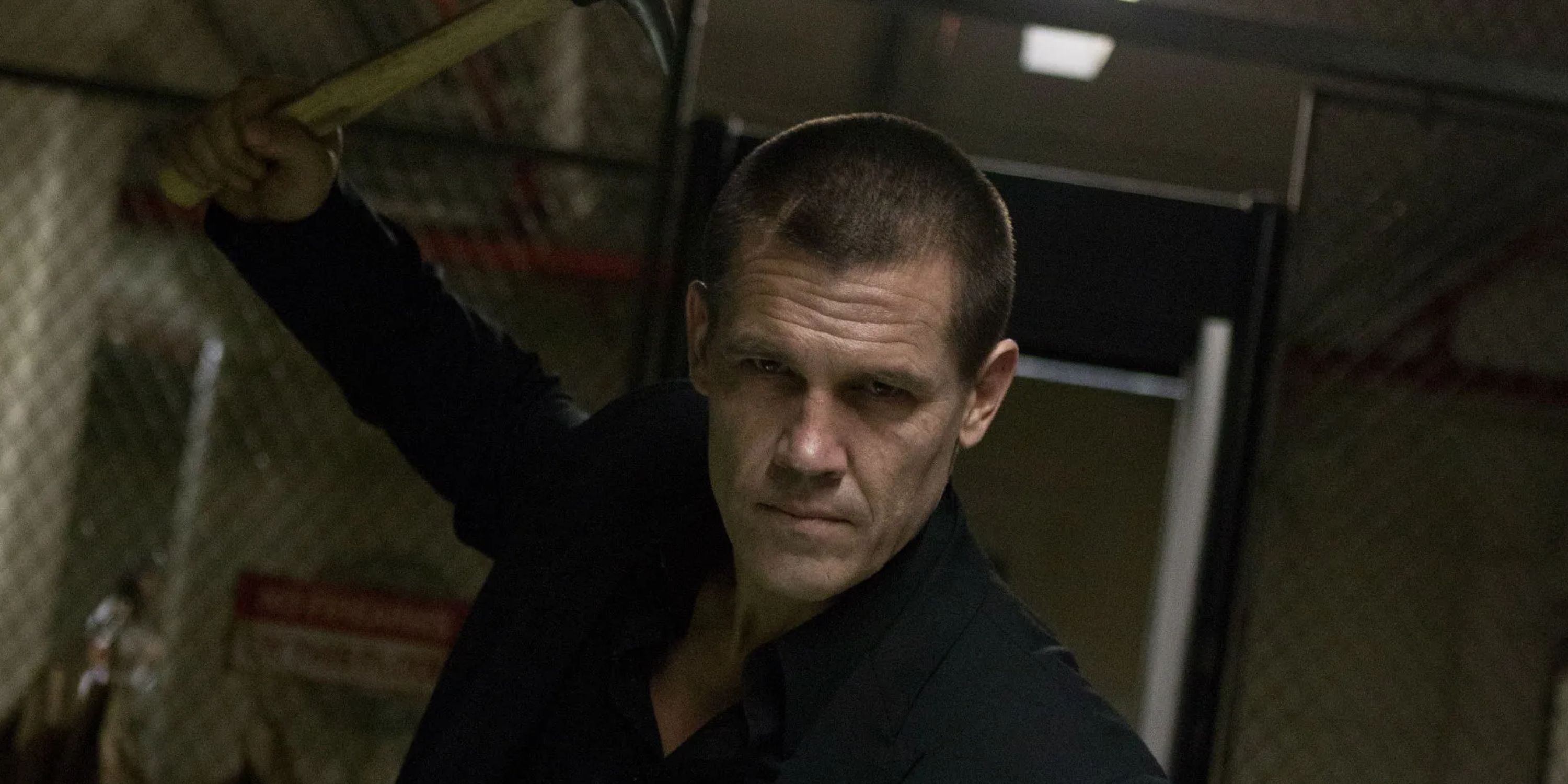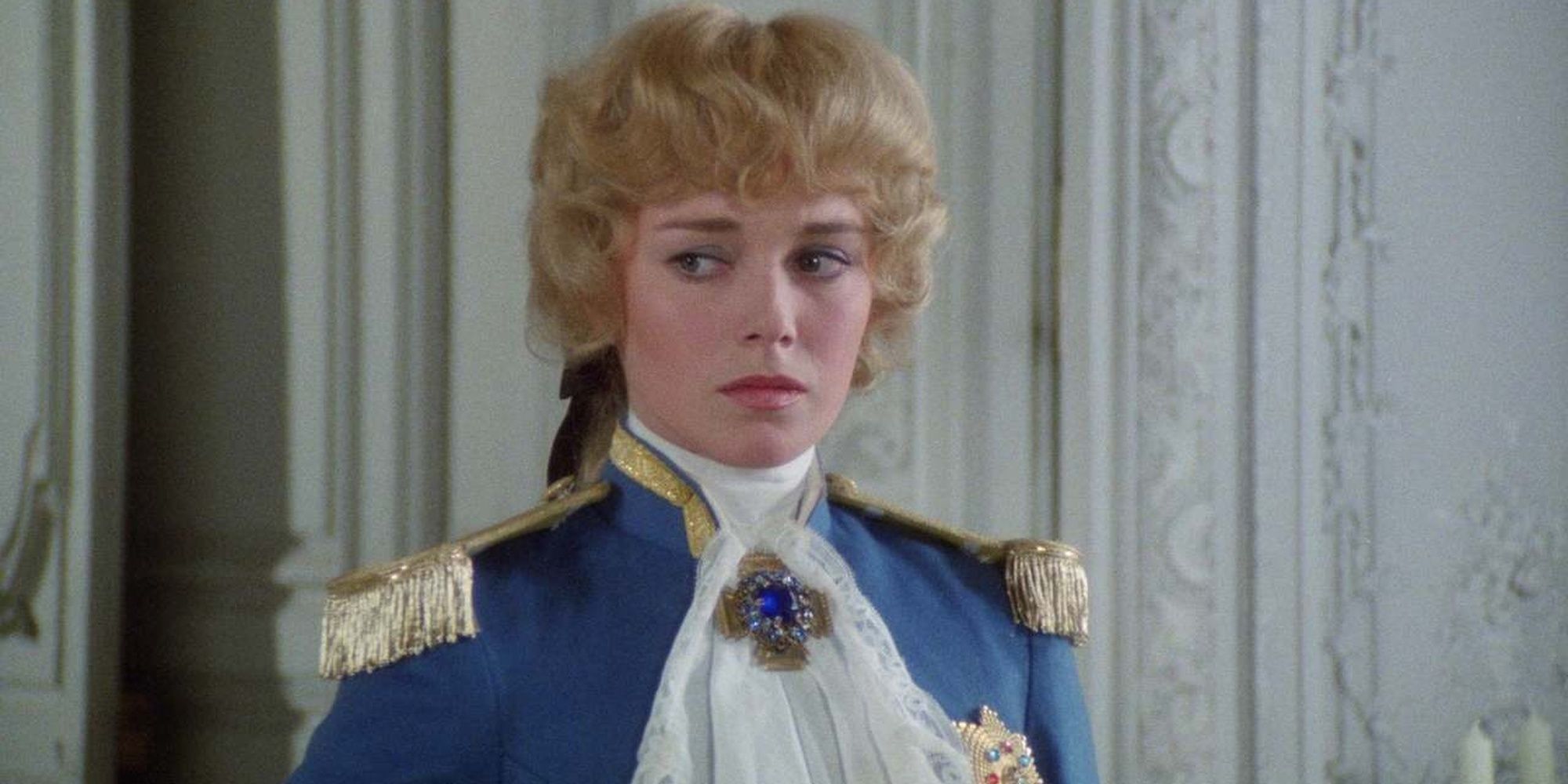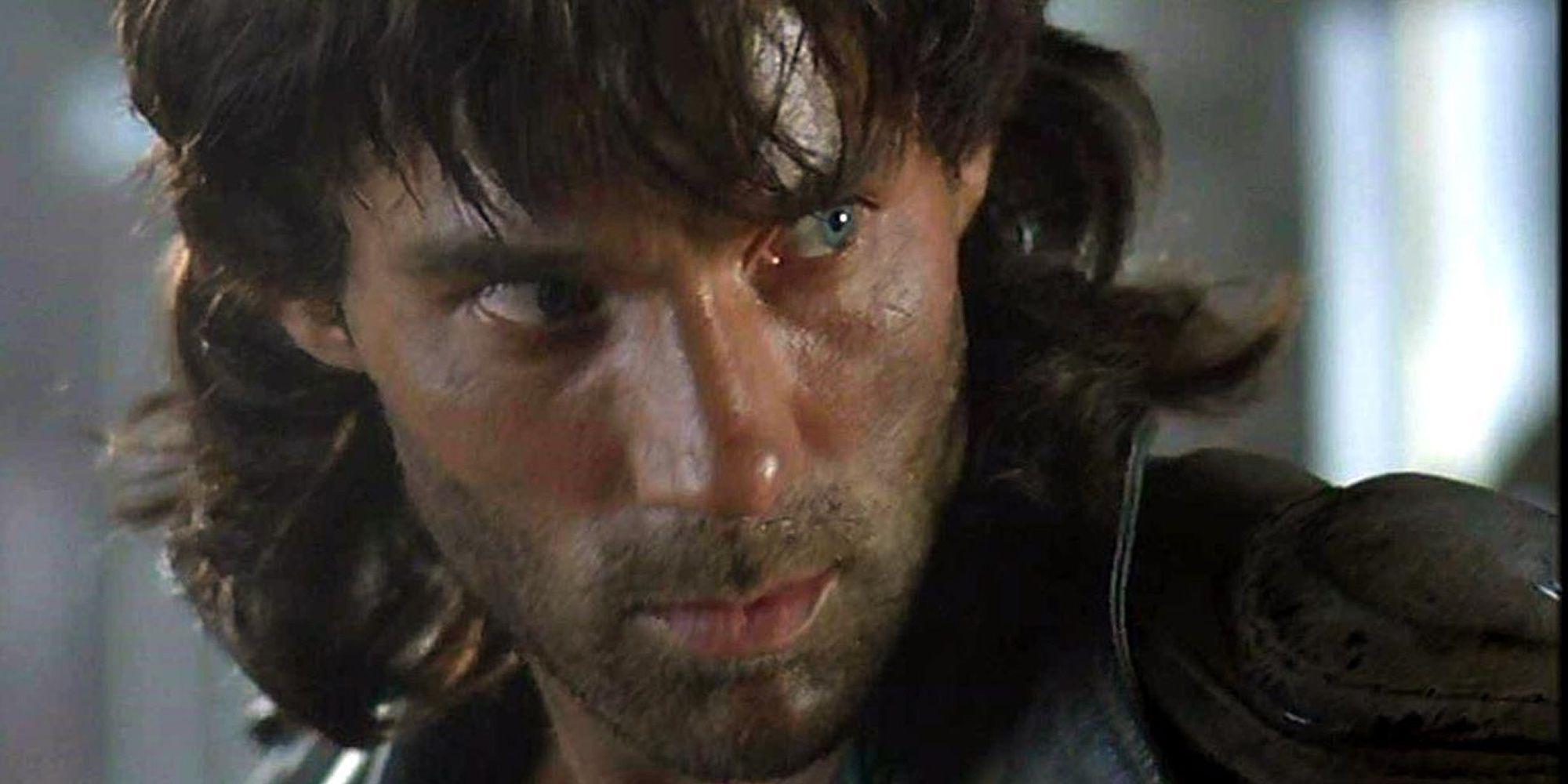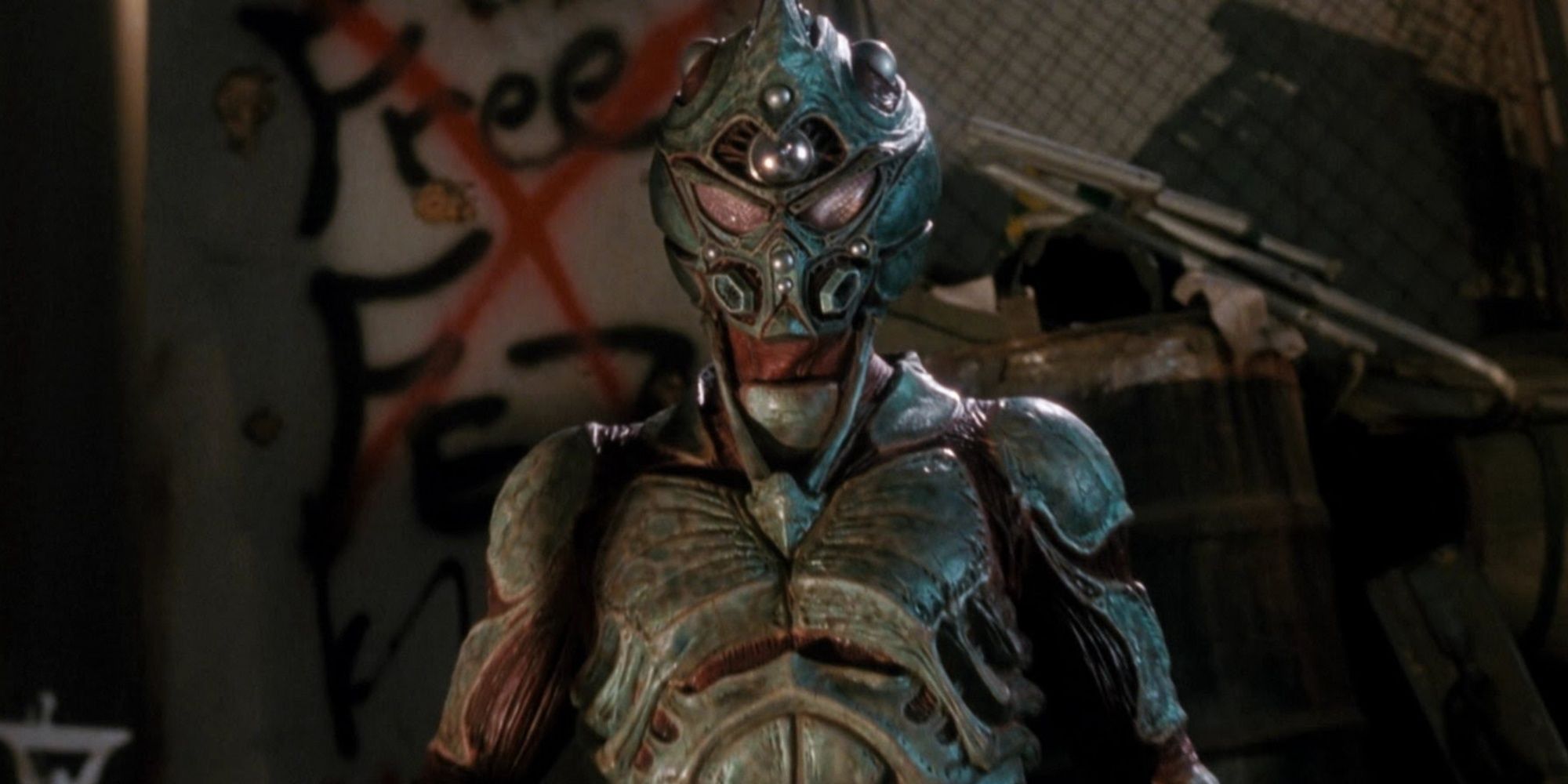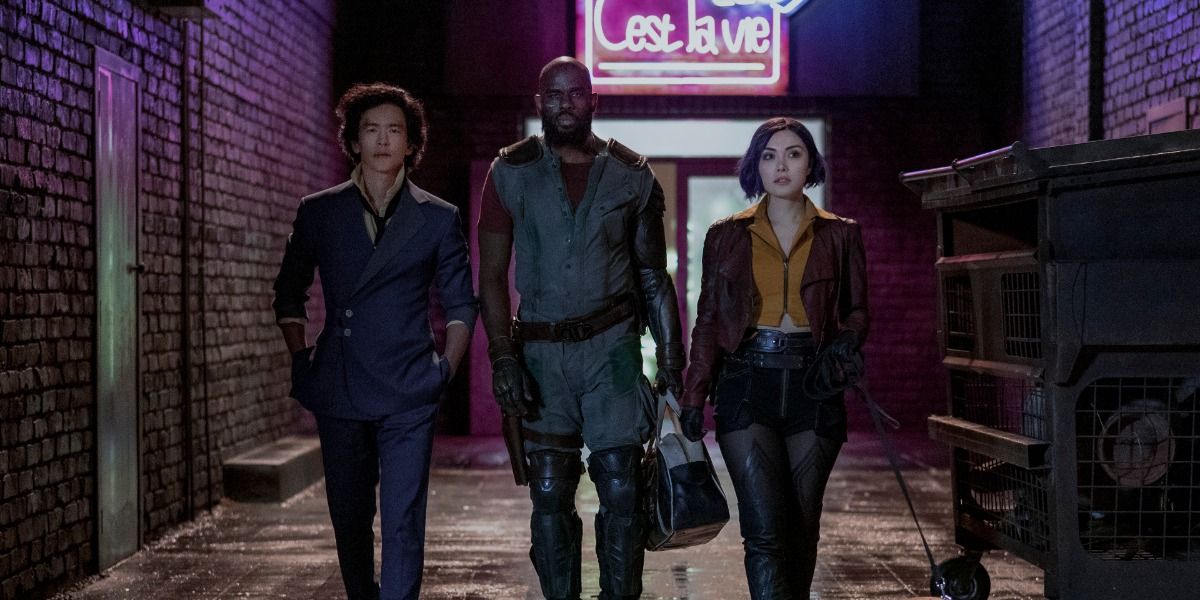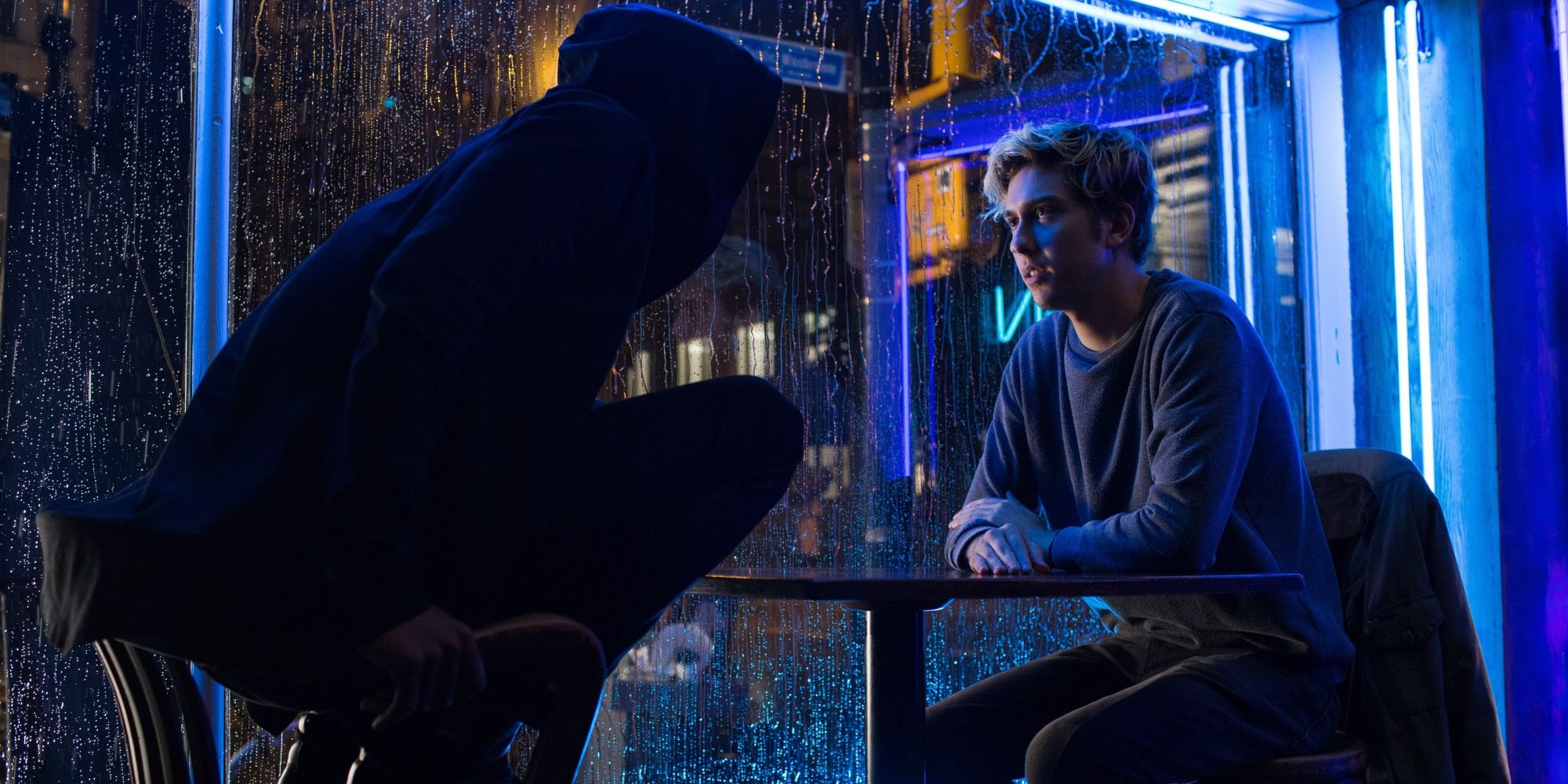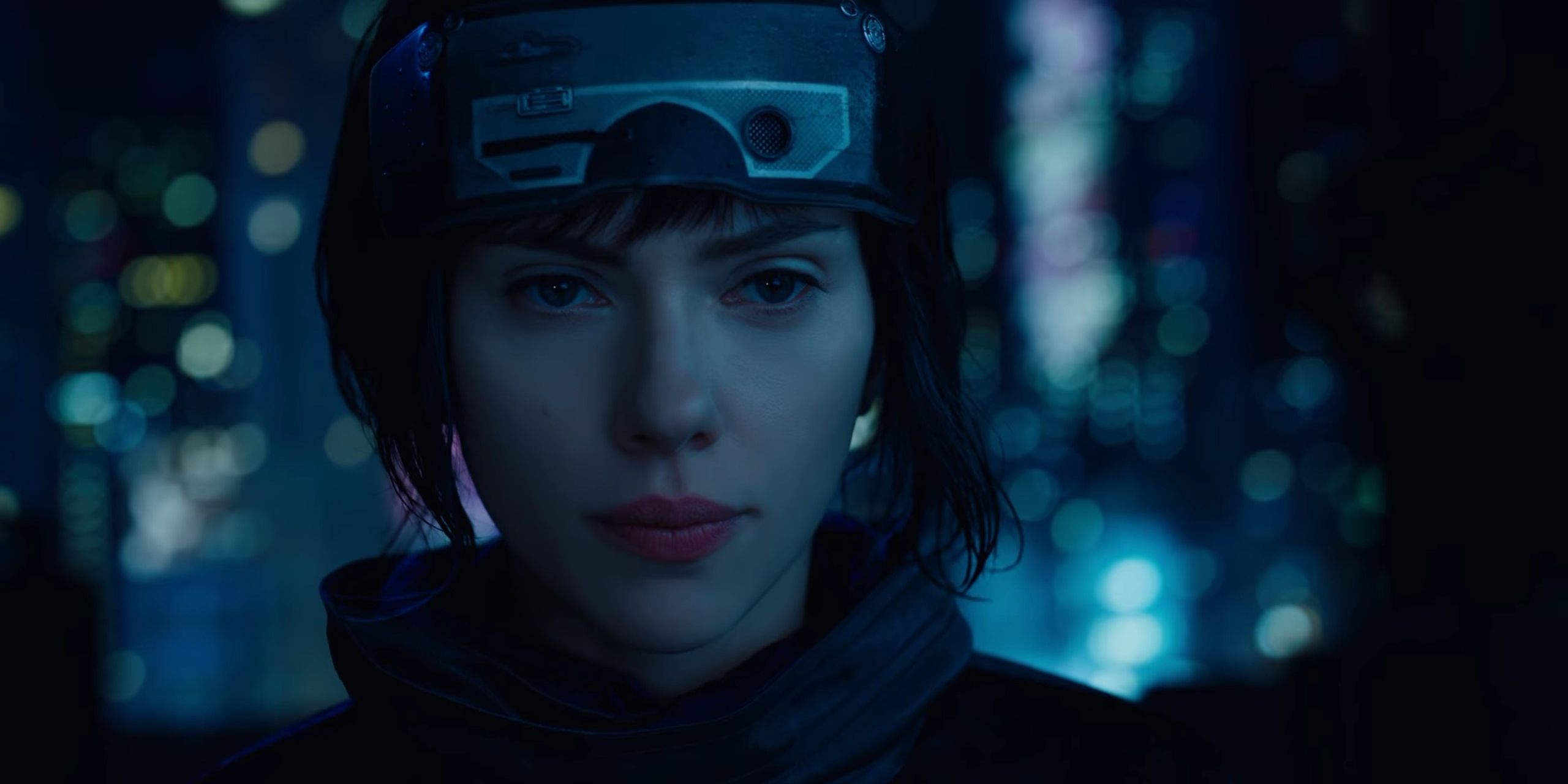Read update
- Media adapted from anime and manga has become a huge trend the last few years. Western studios have frequently tried to adapt these properties to mixed results, with the very worst achieving a level of infamy on their own.
If you spend any amount of time on the internet, you've probably seen memes about Netflix's live-action anime adaptations, mocking how goofy they look and how they don't carry the spirit of the original. It's no secret that live-action anime adaptations are very hit-or-miss and tend to miss a lot more than they hit. There are good reasons for that: a lot of anime are over-the-top and unrealistic, and that tone doesn't translate well to live-action.
But whenever something gets popular, everyone wants to capitalize on it. With Japanese animation becoming ever more popular since the second half of the 20th century, Hollywood has adapted many of its stories into live-action over the years. But while we like to rip on these adaptations and have come to expect the worst out of them. Between the cheap-looking special effects, wooden acting, nonsensical plots, and general lack of understanding of the source material, there are very few good things to say about these adaptations.
Updated on April 21, 2023 by Matthew McDonough
Media adapted from anime and manga has become a huge trend the last few years. Western studios have frequently tried to adapt these properties to mixed results, with the very worst achieving a level of infamy on their own.
'Speed Racer' (2008)
While far from being the worst Western adaptation of Japanese property, The Wachowski's adaptation of the franchise of the same name is far from being universally praised. The movie follows the exploits of Speed Racer (Emile Hirsch) and his family as he starts his career in racing and winds up getting entangled in a dangerous corporate conspiracy. Upon release, the film was criticized for its dizzying plot and overwhelming visual style.
However, in an interview with the now inactive entertainment news website HitFix, Lana Wachowski stated they were inspired by classic literature with non-linear narratives and modern art. Whether this translates well on screen is ultimately up to the viewer: either you're enamored by the maximalist sensibilities of the film, or it all blurs together in a cacophony of color and noise.
'Dragon Ball Evolution' (2009)
Dragon Ball Evolution is widely regarded as one of the worst anime adaptations and one of the worst movies of the entire decade. It was so bad it made Akira Toriyama come out of retirement to start writing Dragon Ball again. Many even regard it as the worst live-action anime adaptation of all time, for good reason.
The movie has been widely criticized for its bad CGI and acting its clichéd plot and dialogue, and for changing the story too much while also being very hard to understand for those unfamiliar with the series. So, forget about high-schooler Goku and the cartoonishly evil warlord Piccolo like the fever dream they were, and watch the anime instead.
'Kite' (2014)
Released in 2014 and adapted from the 1998 OVA of the same name, one can't help but wonder why Kite was even made in the first place, seeing as the original was already poorly received for its gory and excessive violence and its graphic sex scenes involving underage characters. Both versions of Kite follow Sawa, a young girl who becomes an assassin after her parents are murdered and pose as a sex worker to kill criminals.
Their plots are otherwise very different, with the live-action version putting a dystopian sci-fi spin on the more realistic setting of the original. Kite has been criticized for being boring, in addition to the same criticisms levied at the original, and "boasts" an impressive 0% score on Rotten Tomatoes.
'Oldboy' (2013)
The Korean movie Oldboy (2003) is regarded as one of the greatest revenge films ever made. Based on the Japanese manga of the same name by Garon Tsuchiya and Nobuaki Minegishi, the movie follows a deadbeat father and businessman, Oh Dae-su (Choi Min-sik), after he's imprisoned in a hotel for 15 years: he's out to find who kidnapped him, and why. On the other hand, its American remake doesn't have that same amount of acclaim.
Directed by Spike Lee and starring Josh Brolin in the lead role, their rendition of the story failed to live up to its predecessors. The American adaptation wasn't nearly as electrifying as what came before it. Critics derided it as flat and lifeless: the movie subsequently bombed, earning $5.2 million against a $30 million budget.
'Lady Oscar' (1979)
Contrary to popular belief, Americans aren't the only ones making bad live-action anime adaptations in the West. Adapted from the manga of the same name, also known as The Rose of Versailles, Lady Oscar was a Frano-Japanese co-production directed by French New Wave director Jacques Demy and starring actors hailing from across Europe. But here's the thing: The Rose of Versailles hadn't been released outside of Japan then, meaning most people had no idea the movie was based on a Japanese property.
Like the manga, the movie focuses on Oscar François de Jarjayes, a young woman raised as a man serving in the French Royal Guard during the French Revolution. While the film wasn't bad per se, it has often been criticized for giving the main character less agency than in the original, despite the latter being widely seen as a pioneer for strong female characters. One can't blame fans for forgetting this movie even exists.
'Fist of the North Star' (1995)
Ah, the wonderful world of '90s direct-to-video movies. Starring British martial artist and action star Gary Daniels as the main character, Fist of the North Star is loosely adapted from the first arc of the classic manga of the same name, following martial artist Kenshiro as he travels across a post-apocalyptic setting to seek revenge on his nemesis Lord Shin, battling his various minions along the way.
The movie was criticized for its goofiness, bad acting, visual effects, and unfaithfulness to the original: it wasn't even reviewed by most mainstream critics due to being direct-to-video. Its use of condoms to create the prosthetics for Kenshiro's signature Big-Dipper-shaped scars also became infamous. At least its Japanese dub used the same voice actors as the anime, so that's at least one cool point for an otherwise forgettable movie.
'The Guyver' (1991)
Another '90s shlocky action film loosely based on its manga source material, The Guyver, adapted from the manga Bio Booster Armor Guyver, follows a high-school student named Sean Barker as he finds himself caught in a plot involving the mysterious Chronos corporation and the Zoanoids, the evil alien race controlling it. Sean finds himself bound to the Guyver unit, an alien biomechanical armor created by Chronos, and uses it to defeat them.
The movie makes perplexing changes to the story by introducing aliens into the mix, even though they weren't a thing in the original, and naming them after the name originally used for the armor suits. It has been widely criticized for its overuse of humor, nonsensical plot, and bad acting, especially from the lead actor Jack Armstrong. At least the visual effects were decent. It was successful enough to get a direct-to-video sequel recasting David Hayter as Sean, which surprisingly ended up being much better received.
'Cowboy Bebop' (2021)
Ah yes, the most recent popular example of a bad live-action anime adaptation, which only perpetuates the reputation of Netflix's adaptations as soulless cash grabs. Adapted from the critically acclaimed anime of the same name from 1998, Cowboy Bebop follows the bounty hunters Spike Spiegel, Jet Black, and Faye Valentine as they chase down criminals across the solar system aboard their spaceship, the Bebop.
Even though it tried as hard as it could to pay homage to the original, the remake was ultimately poorly received, criticized for its overuse of humor that often fails to land, its cheap CGI, and its changes to the story that takes away a lot of the characters' depth and make the plot more contrived. Give it a few years; most people will probably forget it entirely.
'Death Note' (2017)
While Cowboy Bebop is the most recent example of bad Netflix anime adaptations, Netflix's Death Note was the one that started it all, being the first Netflix live-action adaptation to attract widespread criticism. While there have been many other adaptations of the classic manga, including another live-action one in 2006 that was well received, Netflix's version is the one that differs the most from the original.
It notably attracted accusations of whitewashing for changing the setting to Seattle and changing the characters to American, a criticism levied at Dragon Ball Evolution and Ghost in the Shell for similar reasons. It also radically altered the characters and tone: it even replaced the character of Misa with an original character, attracting criticism for making the characters feel shallower than in the original. Poor acting from most of the cast was also criticized, although Lakeith Standfield's performance as L and Willem Dafoe's as Ryuk was praised. Overall, it's a very forgettable adaptation.
'Ghost in the Shell' (2017)
Speaking of whitewashing, the 2017 adaptation of Ghost in the Shell was the first movie to bring attention to that issue in Western anime adaptations by casting Scarlett Johansson as the Japanese Major Motoko Kusanagi. The movie then "acknowledges" the controversy in the worst way possible, revealing at the end that her character was originally Japanese but was turned into a white woman when she was turned into a cyborg.
Casting controversies aside, Ghost in the Shell has also been criticized for lacking the philosophical depth of the original and making the setting less unique. It's another forgettable adaptation that doesn't hold a candle to the animated version from 1995.

